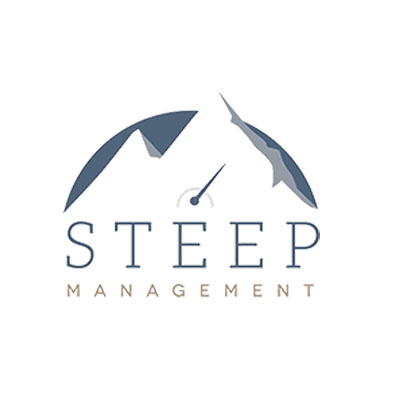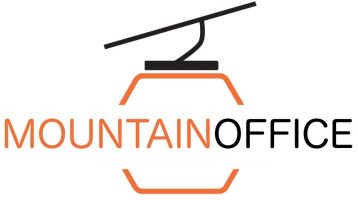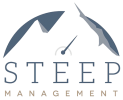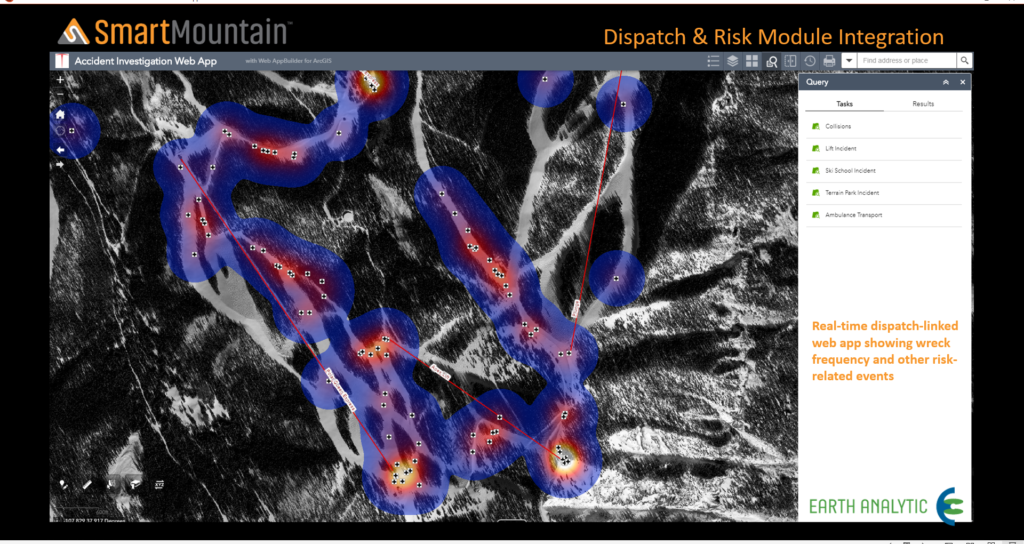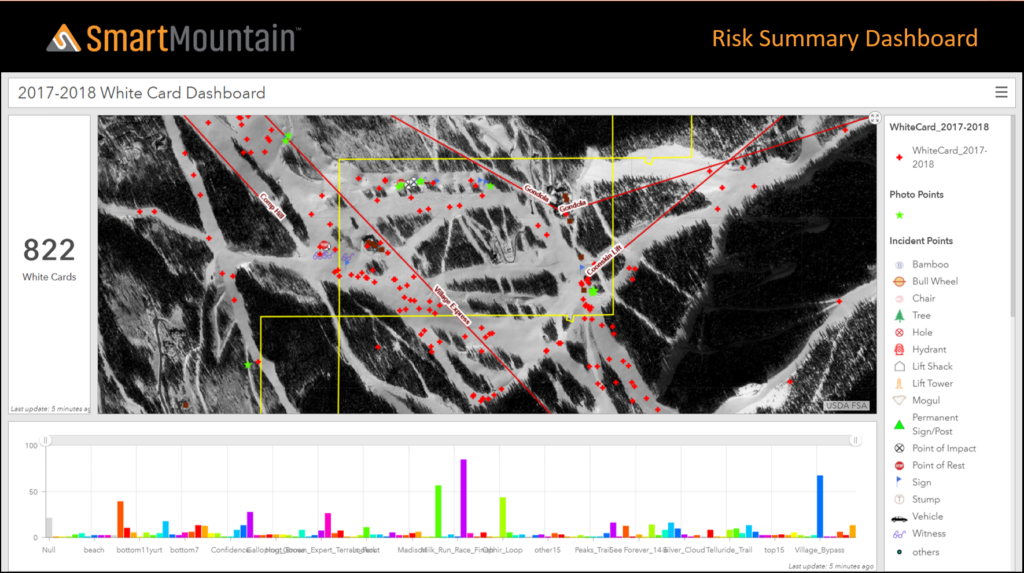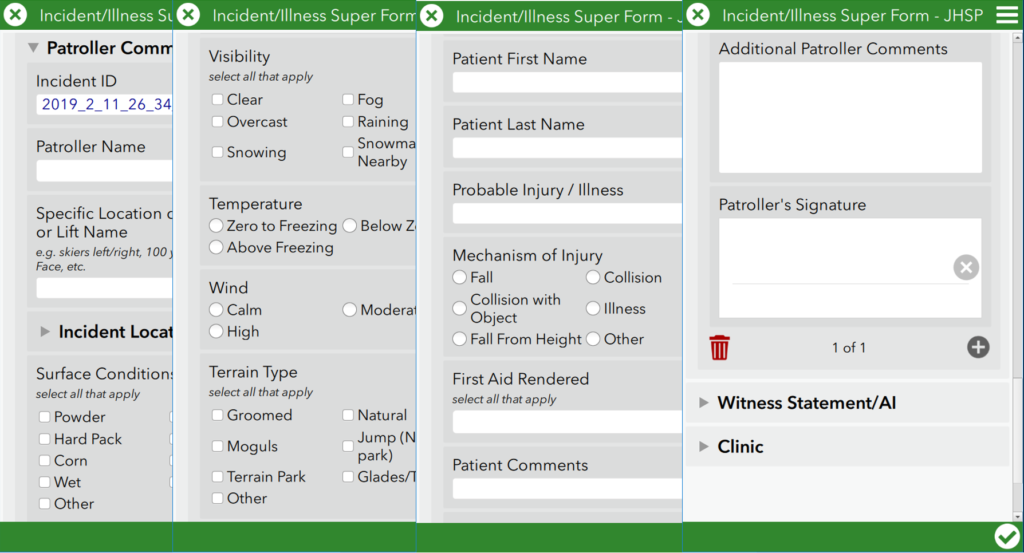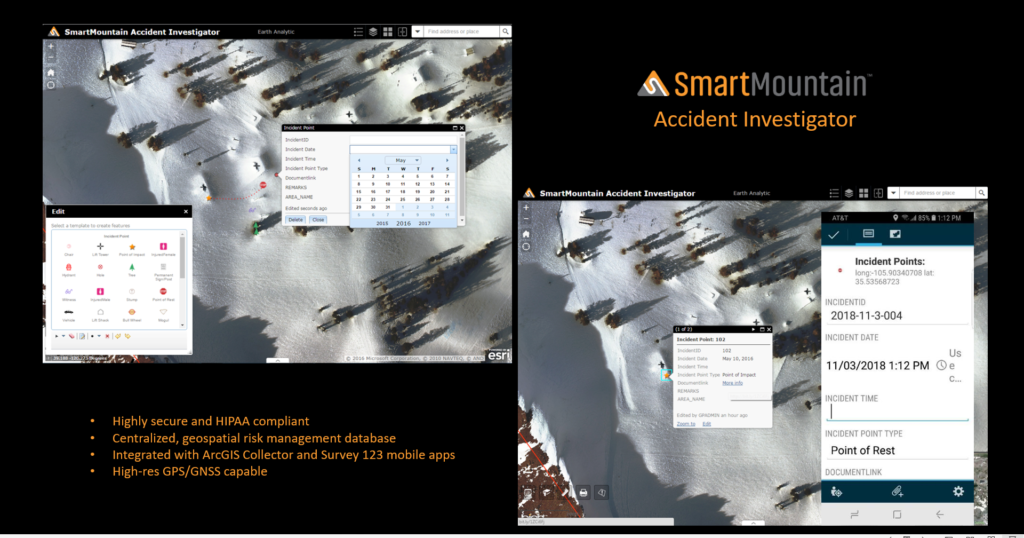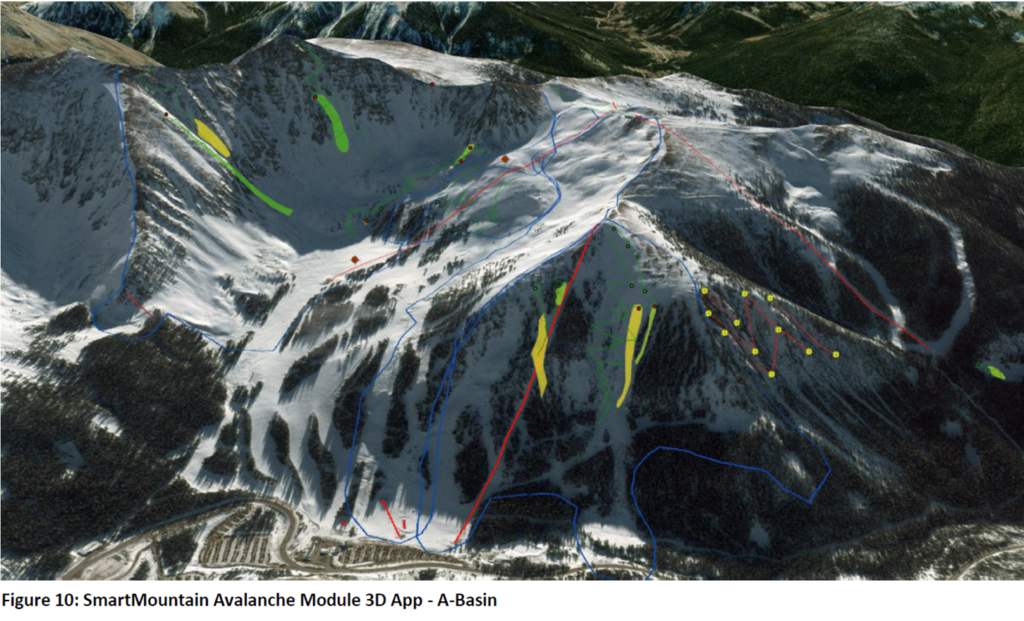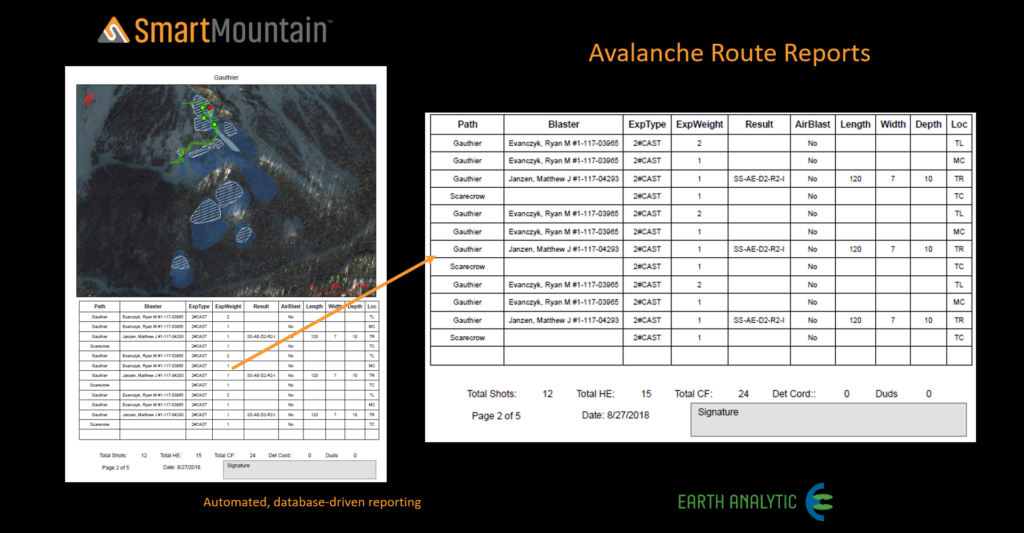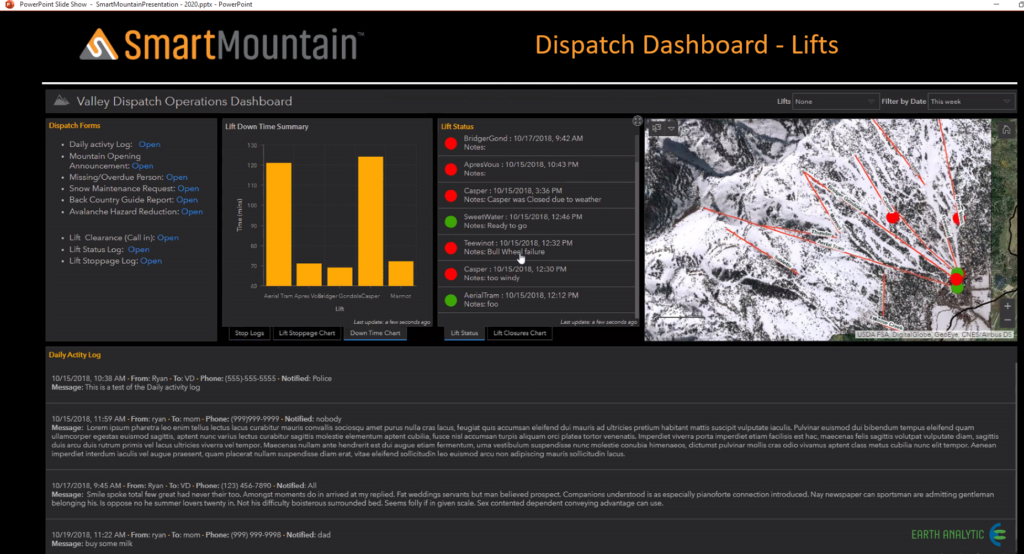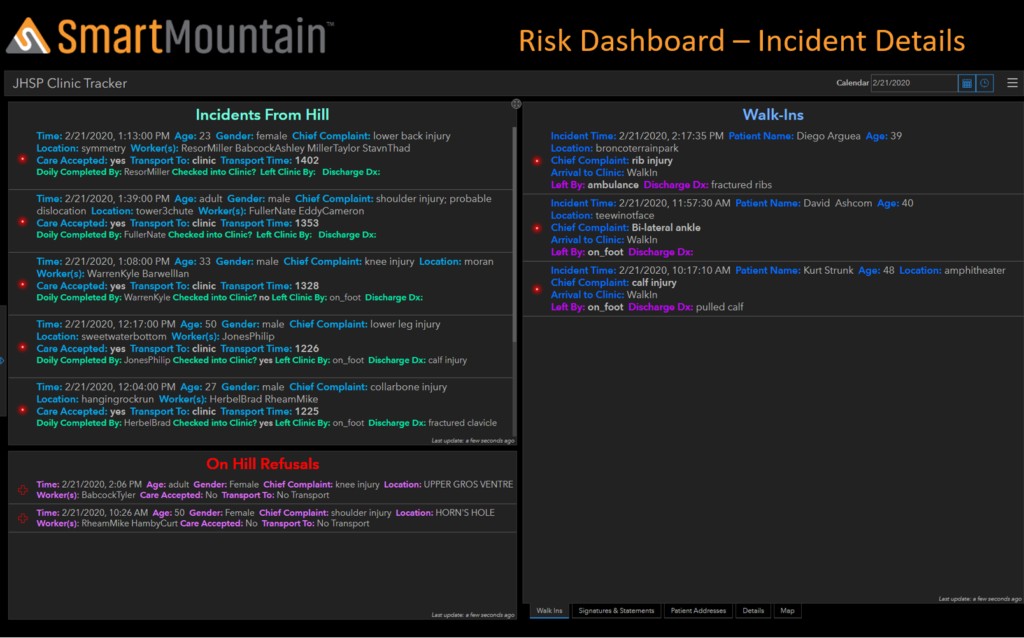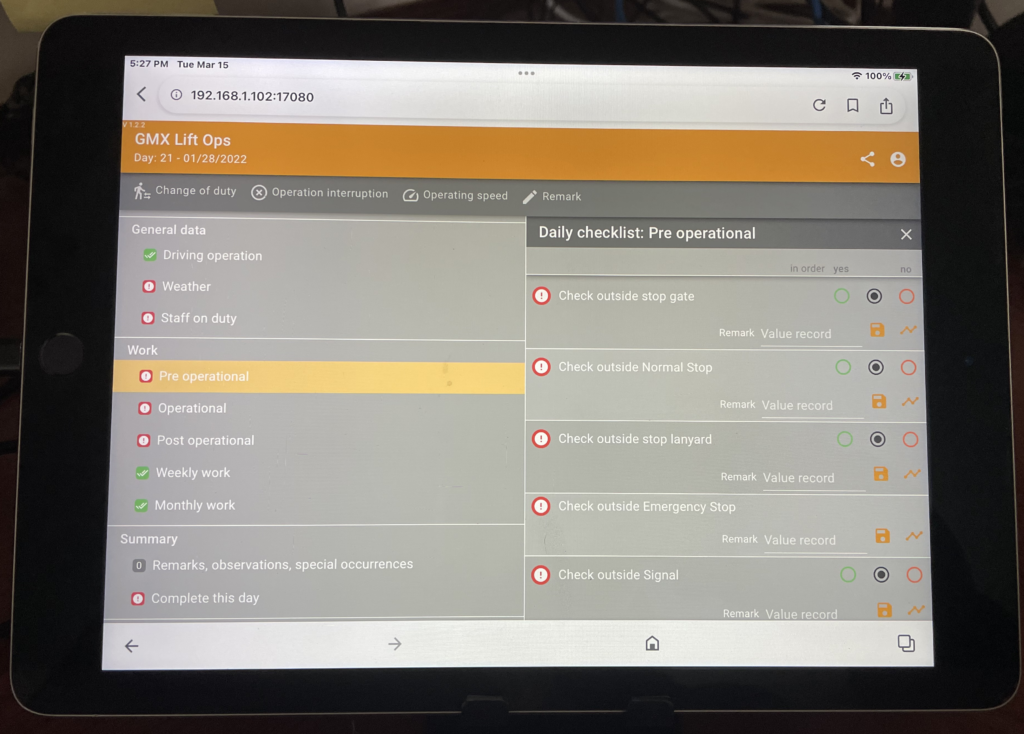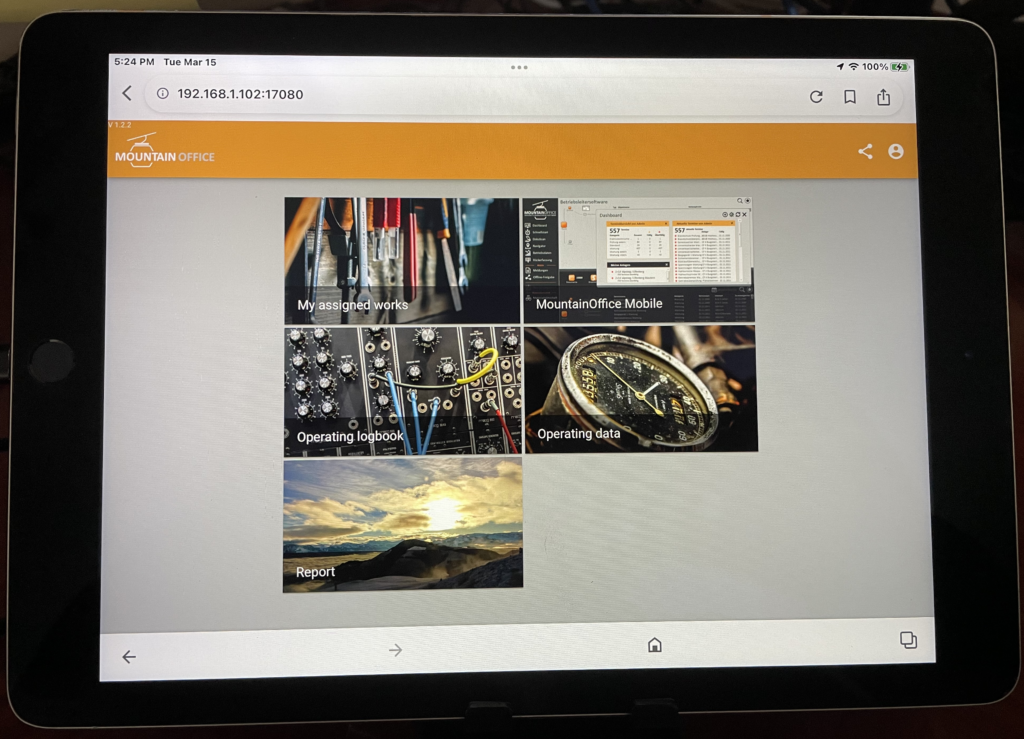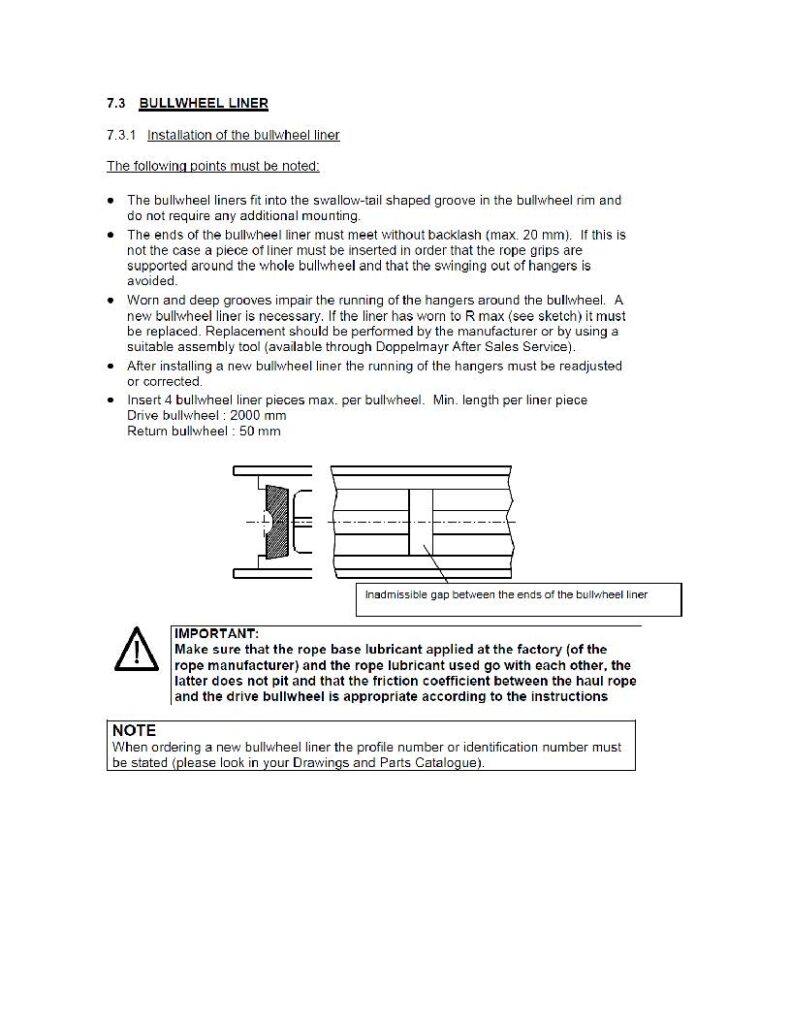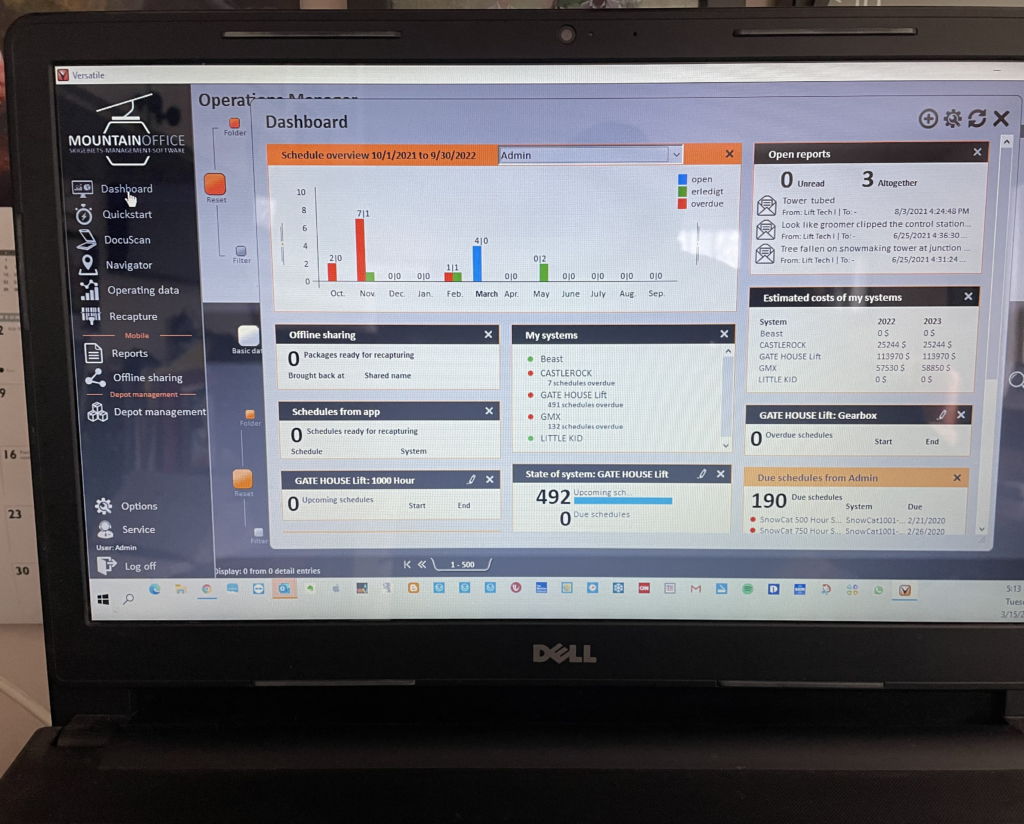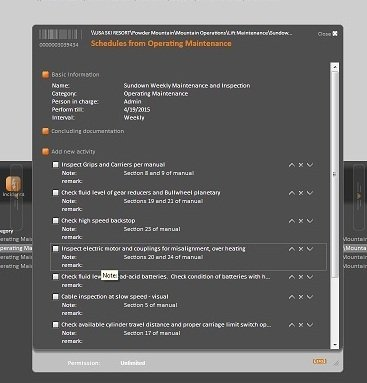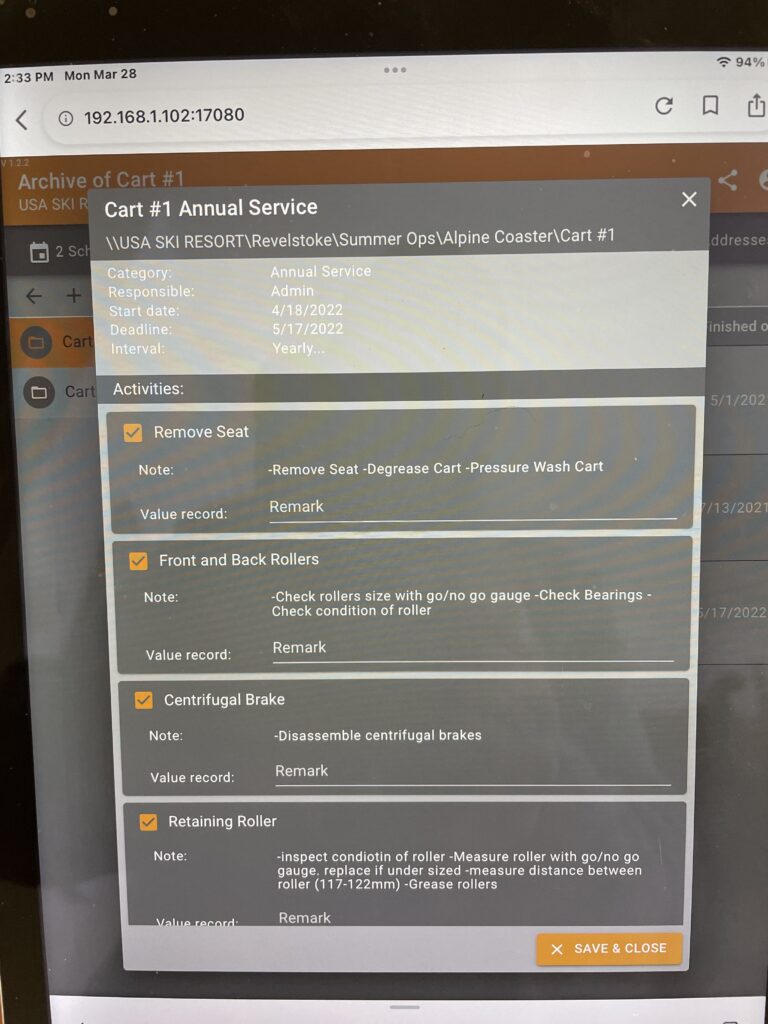Maintenance Facts
Earlier this year, I wrote about the leadership needed to foster a maintenance culture. To support the need in a broader form beyond the ski industry, here are some facts I have found that puts the issue in perspective as to why it is difficult to raise the maintenance awareness. I have not verified the source of these data points, but I have no reason to suspect their accuracy. I have inserted my comments where I felt appropriate.
- As of 2018, about 53% of facilities use a CMMS to monitor their maintenance. Additionally, 55% use spreadsheets and schedules, and 44% still use paper – this is a national data point – not far off from the ski industry, which is my anecdotal opinion.
- In 2017, 78% of companies who used a CMMS to manage their assets reported seeing improvements in equipment life.
- Up to 80% of all attempted CMMS implementations fail. – this is not surprising – from Steep’s experience this failure typically happens because of no ownership at the leadership level
- Perhaps coincidentally, about 80% of all CMMS users don’t use all the functions offered by the software. – see above
- For one company in 2017, data visualization software reduced production hours by 320 hours while also increasing production by 15%.
- About 44% of all unscheduled equipment downtimes result from aging equipment, making it the leading cause of unscheduled downtime.
- Unplanned downtimes cost an estimated $50 billion every year. – do you know what your down time costs?
- Overall, downtime costs most factories somewhere between 5% and 20% of their productive capacity.
- Poor compliance with lockout/tagout standards ranked number five in OSHA’s most frequently cited violations in 2018. – this is low hanging fruit in terms of implementing a better safety culture.
- Up to 30% of all manufacturing deaths are related to a maintenance activity.
- Companies can save between 12% and 18% by using preventive maintenance over reactive, and each dollar spent on PM saves an average of $5 later on. – predictive maintenance is the best tool for preventive maintenance – see article in this newsletter
- Factories throughout the U.S. are estimated to be using about $40 billion worth of outdated equipment.
- As of 2017, about 53% of companies adopted big data analytics, which includes predictive maintenance and IIoT technologies. – the use of IIoT is coming to ski lifts but not at the rate that will happen in the manufacturing industry
- By 2024, IIoT technologies are predicted to help create nearly $800 billion in economic value.
- Roughly 30% of all manufacturers have difficulty understanding IoT.
- Even so, as of 2018 nearly half of all manufacturers are placing greater emphasis on IIoT technologies.
- Worldwide spending on IoT technology is estimated to reach $1.2 trillion in 2022 with a CAGR of 13.6%. – I would bet that Doppelmayr and Leitner Poma are engaged in bring this technology online.
- The number of connected devices in use worldwide is estimated to be over 17 billion, with 7 billion IoT devices.
- The overall use of predictive maintenance rose from 47% in 2017 to 51% in 2018, though preventive maintenance is still preferred by 80% of maintenance personnel.
- 80% of manufacturing plants use preventive maintenance, and over half use predictive maintenance with analytical tools. – expansion of predictive maintenance will grow and help address the labor shortage issue.
- In 2012, the U.S. Bureau of Labor Statistics estimated that the nation would be short 10 million workers over the course of the following six years. – Lift Maintenance surely has seen this.
- Roughly 10% (and maybe even less) of industrial equipment ever actually wears out, meaning a very large portion of mechanical failures are avoidable.
- Predictive analytics yields a tenfold return on investment, and it results in a savings of 30% to 40%.
- As of 2018, the most common challenge facilities face is lack of resources, including human, technical, and strategic resources. The number of facilities who considered this a challenge was 49%. – not new to the ski industry but I believe things are changing
- Historically, total productive maintenance has been shown to increase plant capacity by over 10% and productivity by 50%, but over half of all attempts to implement TPM result in failure. – again, I would suggest the lack of ownership by management and providing the resources necessary to enable the efforts.
- 79% of businesses see predictive maintenance as the main application of industrial data analytics.
Again, these are national data points but is fairly reflective of the national picture for the ski area industry. There are ski areas at either end of the maintenance spectrum and the point to make here is that you need to be aware of where your ski area lies and what you can do to move the needle. It can’t all happen tomorrow, but you can take steps to do so each day.
